Enter your details below to download the product catalogue.
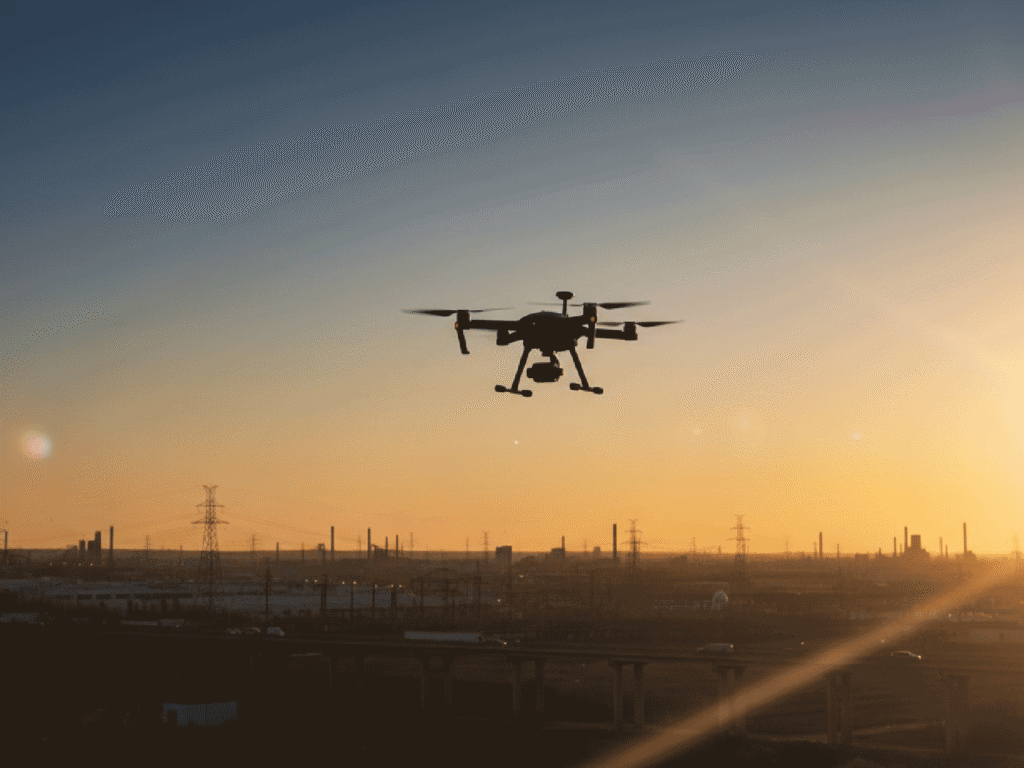
How to Select the Right LWIR Camera for Surveillance Applications Long-Wave Infrared (LWIR) cameras have become essential in modern surveillance because they detect heat instead of relying on visible light. Operating in the 8 to 14 µm range, they work in complete darkness and through challenging conditions such as fog, haze, smoke, and glare. Their passive operation makes them dependable for round-the-clock monitoring across industrial sites, borders, perimeters, and critical infrastructure. Selecting the right LWIR camera requires understanding several technical parameters, especially when the application demands reliable detection and identification. Understanding LWIR Technology LWIR cameras use uncooled microbolometer sensors that measure temperature differences in a scene and convert them into thermal images. Since all objects emit thermal radiation, LWIR cameras function independently of lighting conditions. This advantage makes them ideal for environments where visible cameras fail, such as at night, during storms, or in visually obstructed locations. LWIR imaging supports consistent surveillance across day and night cycles without reliance on artificial illumination. Evaluating Key LWIR Camera Specifications Selecting an LWIR camera requires evaluating its sensor attributes, sensitivity, image processing capabilities, and output interface. Each factor directly affects performance, clarity, and…
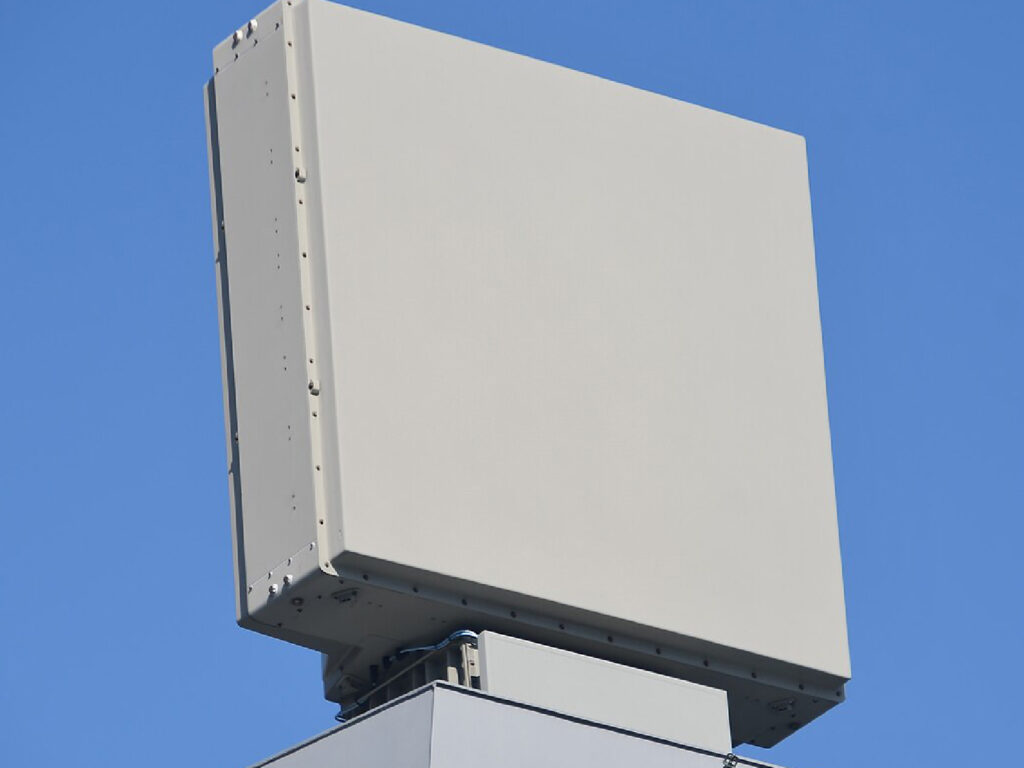
Long-Range Ground-Based Surveillance Systems: Key Technologies Explained In today’s world, securing wide and open areas such as borders, coastlines, airports, and energy facilities is more challenging than ever. Threats can emerge at long distances, often before they are visible to the naked eye. To stay ahead, organizations are increasingly relying on long-range ground-based surveillance systems, integrated solutions that bring together multiple technologies to provide continuous, accurate monitoring day and night, in all weather conditions. At the heart of these systems are five critical components: electro-optical (EO) cameras, infrared (IR) cameras, laser range finders (LRF), radar systems, and pan-tilt positioners. Each plays a unique role, and together, they create a powerful multi-sensor surveillance solution. Why Long-Range Surveillance Matters Wide-area surveillance is never simple. A single border fence can stretch hundreds of kilometres, a coastal area might face harsh fog, salt spray, and unpredictable weather. Relying on one type of sensor is not enough, cameras may struggle at night, radar may have difficulty identifying objects, and lasers alone cannot scan large areas. That’s why long-range systems integrate complementary technologies, ensuring early detection, clear identification, and precise tracking. This multi-sensor approach allows security…
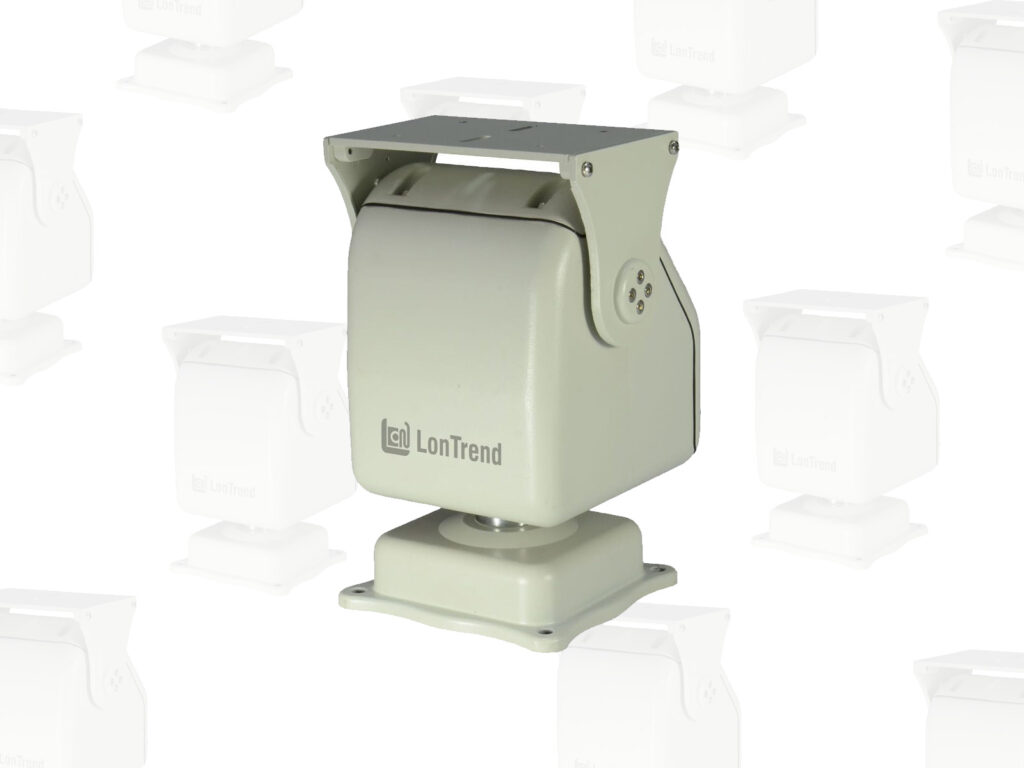
A Guide to Pan-Tilt Positioners: Features, Selection, and Use Cases In industries where precision monitoring and remote control are critical, pan-tilt positioners play a vital role. From defence surveillance and border security to industrial and offshore monitoring, these systems provide smooth, accurate control of cameras, sensors, and antennas. By enabling wide coverage, flexible movement, and reliable positioning, pan-tilt positioners help operators make better decisions in real time. This guide will break down what pan-tilt positioners are, their key specifications, how to select the right one, and the industries where they are most widely used. What is a Pan-Tilt Positioner? A pan-tilt positioner (PTP) is a mechanical device designed to control the orientation of equipment, usually cameras, sensors, or antennas. Pan refers to horizontal rotation (side to side). Tilt refers to vertical movement (up and down). Unlike consumer-grade pan-tilt camera heads, industrial-grade positioners are built to handle higher payloads, extreme environments, and continuous operation. They are widely used in security, defence, marine, and industrial automation systems. Key Features and Specifications of Pan-Tilt Positioners When evaluating pan-tilt positioners, engineers and system integrators usually focus on the following parameters: 1. Pan Speed &…
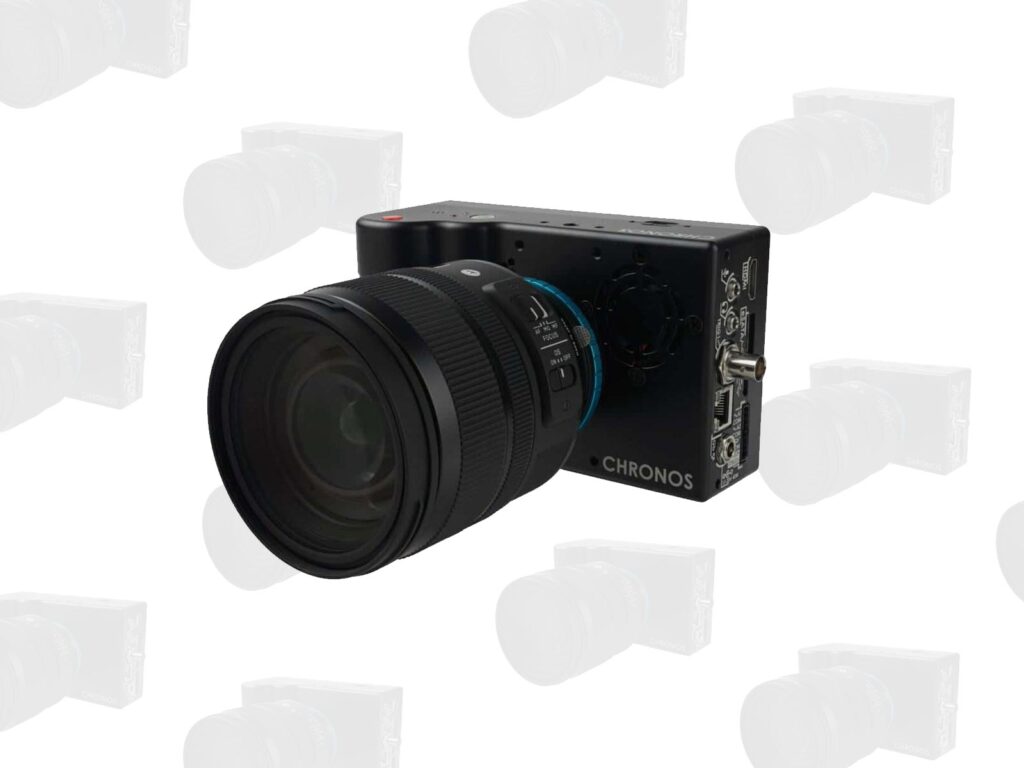
Industrial High-Speed Cameras: Key Technologies, Interfaces, and Applications In the world of industrial automation, quality control, and scientific research, seeing what the naked eye can’t is often the key to precision and progress. That’s where high-speed cameras come in. These powerful imaging tools are designed to capture thousands of frames per second, revealing split-second events in stunning detail. But not all high-speed cameras are created equal, and not every interface can handle the data they generate. This article explores what makes a camera high-speed, the interfaces that power them, and how technologies like GigE Vision fit into the picture. What Makes a Camera ‘High-Speed’? A high-speed camera is typically defined by its ability to capture hundreds or even thousands of frames per second (fps). But frame rate alone doesn’t tell the whole story. Here are the core components that determine a camera’s high-speed capabilities: 1. Frame Rate Entry-level high-speed cameras may start around 250 fps, while advanced models can exceed 1,000,000 fps. 2. Shutter Speed To freeze motion without blur, exposure times often need to be in the microsecond range. High speed cameras have short exposure mode to support the…

How to Choose the Right Weld Camera: A Buyer’s Guide for Industrial Applications In today’s fast-paced manufacturing and fabrication environments, weld cameras have become essential tools for improving weld quality, enhancing operator safety, and enabling process automation. From shipbuilding yards to robotic welding lines in automotive plants, choosing the right weld camera can directly impact productivity and inspection accuracy. But with so many options available, how do you determine which weld camera fits your specific needs? In this guide, we’ll walk you through the key factors to consider when selecting a weld camera and how to match the right model to your application. 1. Understand the Welding Process The first step in choosing a weld camera is identifying the type of welding process used in your operation. Different processes produce varying light intensities, smoke levels, and thermal signatures. MIG (Metal Inert Gas): Produces a bright arc and high spatter; requires high dynamic range (HDR) imaging. TIG (Tungsten Inert Gas): Cleaner process but still demands fine image clarity. Laser Welding: Needs precise focus and fast response due to high energy density. Submerged Arc or Plasma Arc: May need thermal or infrared…

Frame-Based Imaging vs. Event-Based Imaging: What’s the Difference and Why It Matters In the rapidly evolving world of computer vision and machine learning, imaging systems play a central role across industries, from robotics to medical devices. Traditional imaging has long relied on frame-based approaches, but a newer alternative, event-based imaging, is gaining traction due to its speed and efficiency. Understanding the differences between these two paradigms can help engineers and researchers select the right technology for their needs. What is Frame-Based Imaging? Frame-based imaging refers to the conventional method of capturing visual data in the form of full frames at regular intervals. Each frame captures the entire scene at once, regardless of whether any part of the image has changed since the last capture. This method is common in most digital cameras and uses CMOS or CCD sensors to generate colour or grayscale images. This system is well-suited to static or predictable environments, where capturing the full image at consistent intervals provides enough information. However, it can be inefficient in dynamic scenes, where much of the data in each frame may remain unchanged. Additionally, frame-based systems can suffer from motion…

Weld Monitoring in Heavy Industries: Advancing Quality with Machine Vision In sectors like shipbuilding, aerospace, and infrastructure, welding forms the backbone of structural integrity. The quality of these welds directly impacts safety, durability, and regulatory compliance. Traditionally, industries have relied on post-weld inspection to detect flaws, but this approach can be reactive, costly, and sometimes too late. That’s where real-time weld monitoring comes in, enabling smarter, faster, and more accurate welding operations with the power of advanced machine vision. In this article, we explore how weld monitoring is transforming heavy industries, what welding methods are involved, and the role of technologies like HDR and SWIR imaging. Welding in Heavy Industries: A Sector-Wise Overview 1. Shipbuilding Welding is used extensively in constructing hulls, decks, and bulkheads. Techniques like Gas Metal Arc Welding (GMAW), Flux-Cored Arc Welding (FCAW), and Submerged Arc Welding (SAW) are common, especially for joining large steel components. Given the scale and complexity, weld consistency is crucial, making real-time monitoring essential for detecting irregularities early. 2. Aerospace Aircraft structures demand extremely precise welds, often involving Tungsten Inert Gas (TIG) and laser welding. Lightweight materials like titanium and aluminum alloys…

AI in Machine Vision: How It Is Transforming Industrial Vision Systems Machine vision, the technology enabling machines to interpret and act on visual data, has long been a cornerstone of industrial automation. Traditionally reliant on rule-based algorithms, machine vision systems were limited in their ability to handle complex or variable tasks. The integration of Artificial Intelligence (AI), particularly machine learning and deep learning, is now pushing the boundaries of what machine vision can achieve. This blog explores how AI is revolutionizing machine vision across industries. What Is Machine Vision? Machine vision involves the use of cameras, lighting, sensors, and software to capture and analyze visual information. In industrial settings, it’s used for inspection, measurement, object recognition, and robot guidance. Traditional systems function well in controlled environments but struggle with variations, anomalies, or complex decision-making tasks. The Evolution: From Rule-Based to AI-Driven Vision Conventional machine vision systems depend on hard-coded rules to make decisions. These systems are inflexible and require extensive reprogramming when conditions change. AI-driven vision introduces adaptability, allowing systems to learn from data and improve over time. This transition from deterministic to probabilistic approaches marks a significant leap in…
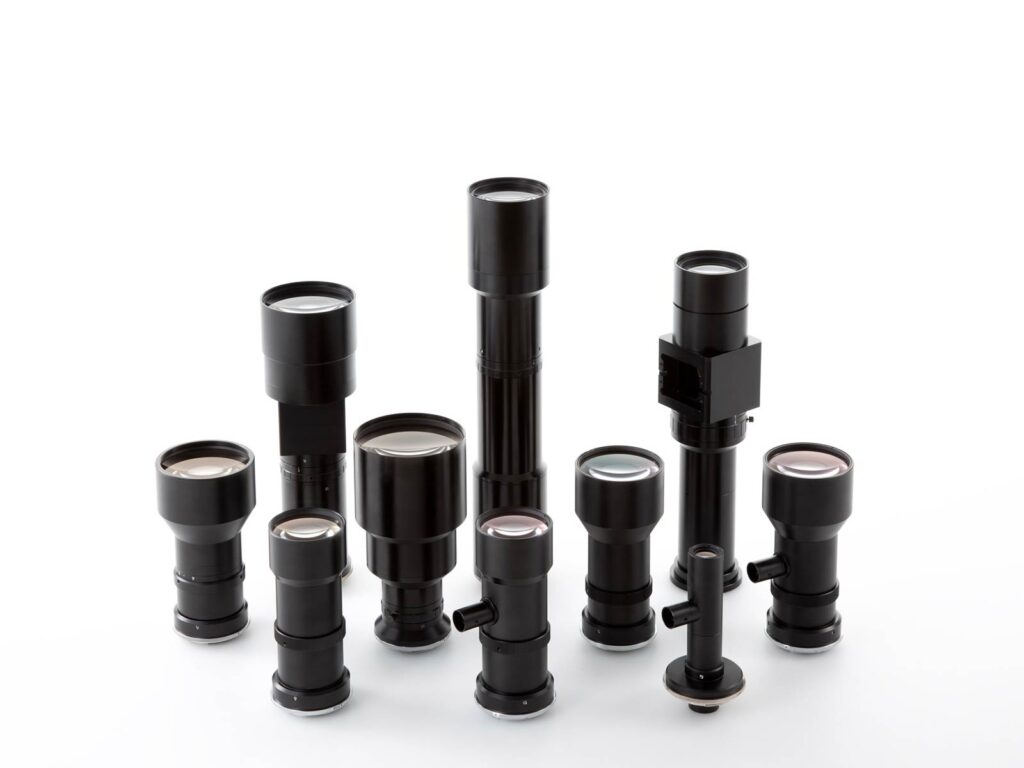
What is a Telecentric Lens? [A Comprehensive Guide] In high-precision imaging and machine vision applications, accuracy is everything. That’s where telecentric lenses come into the picture. Unlike standard lenses, telecentric lenses are designed to maintain consistent magnification and eliminate perspective errors, making them essential for industries where precise measurement and inspection are critical. In this post, we’ll break down what telecentricity means, how telecentric lenses work, their advantages, applications, and how you can choose the right one for your needs. What is Telecentricity? Telecentricity refers to a unique optical property where the chief rays (the main light rays from an object) are parallel to the optical axis of the lens. In simple terms, a telecentric lens ensures that the size of the image does not change even if the object moves closer to or farther away from the lens. In conventional lenses, objects closer to the lens appear larger, creating perspective distortion. Telecentric lenses eliminate this effect, making them ideal for measurement and quality inspection tasks where even the smallest deviations matter. How Does a Telecentric Lens Work? A telecentric lens is designed with special optical elements, often incorporating an…
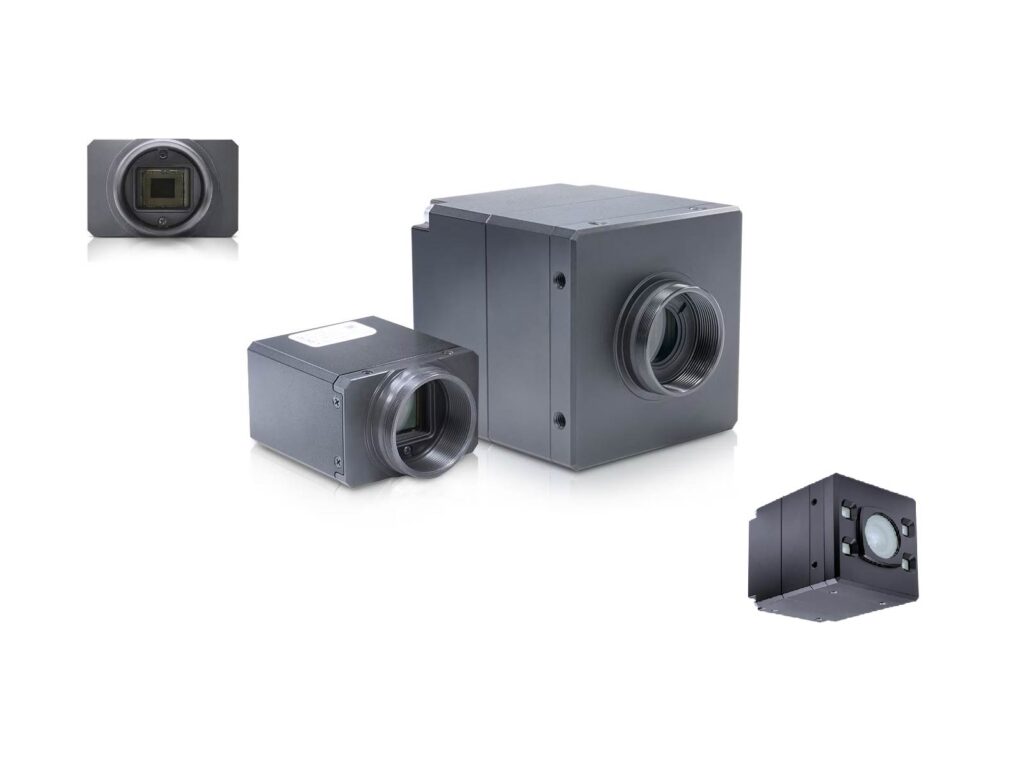
SWIR Cameras: What Are They? [Imaging & Application Guide] Short-Wave Infrared (SWIR) imaging opens a window into parts of the light spectrum that are invisible to the human eye. SWIR cameras capture wavelengths typically ranging from 900 to 1700 nanometers, revealing critical insights in industrial inspection, agriculture, defence, and scientific research. As machine vision continues to evolve, SWIR technology is emerging as a powerful solution for advanced imaging challenges. What Are SWIR Cameras? SWIR cameras operate in the short-wave infrared band of the electromagnetic spectrum. Unlike visible light or even long-wave infrared (LWIR), SWIR imaging can penetrate certain materials like silicon, plastic, and textiles, making it ideal for applications where visual inspection is limited. These cameras often use sensors made from Indium Gallium Arsenide (InGaAs), which are highly sensitive in the SWIR range. This unique sensitivity enables clear imaging in low-light or challenging atmospheric conditions such as fog, haze, or smoke. Key Features of SWIR Cameras Material Penetration SWIR cameras have the ability to see through packaging materials, surface coatings, and even silicon wafers. This makes them essential in electronics manufacturing, pharmaceutical packaging inspection, and non-destructive testing environments where traditional…